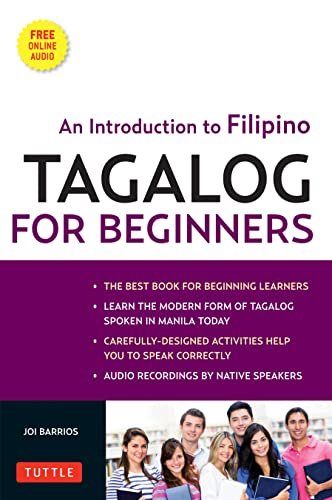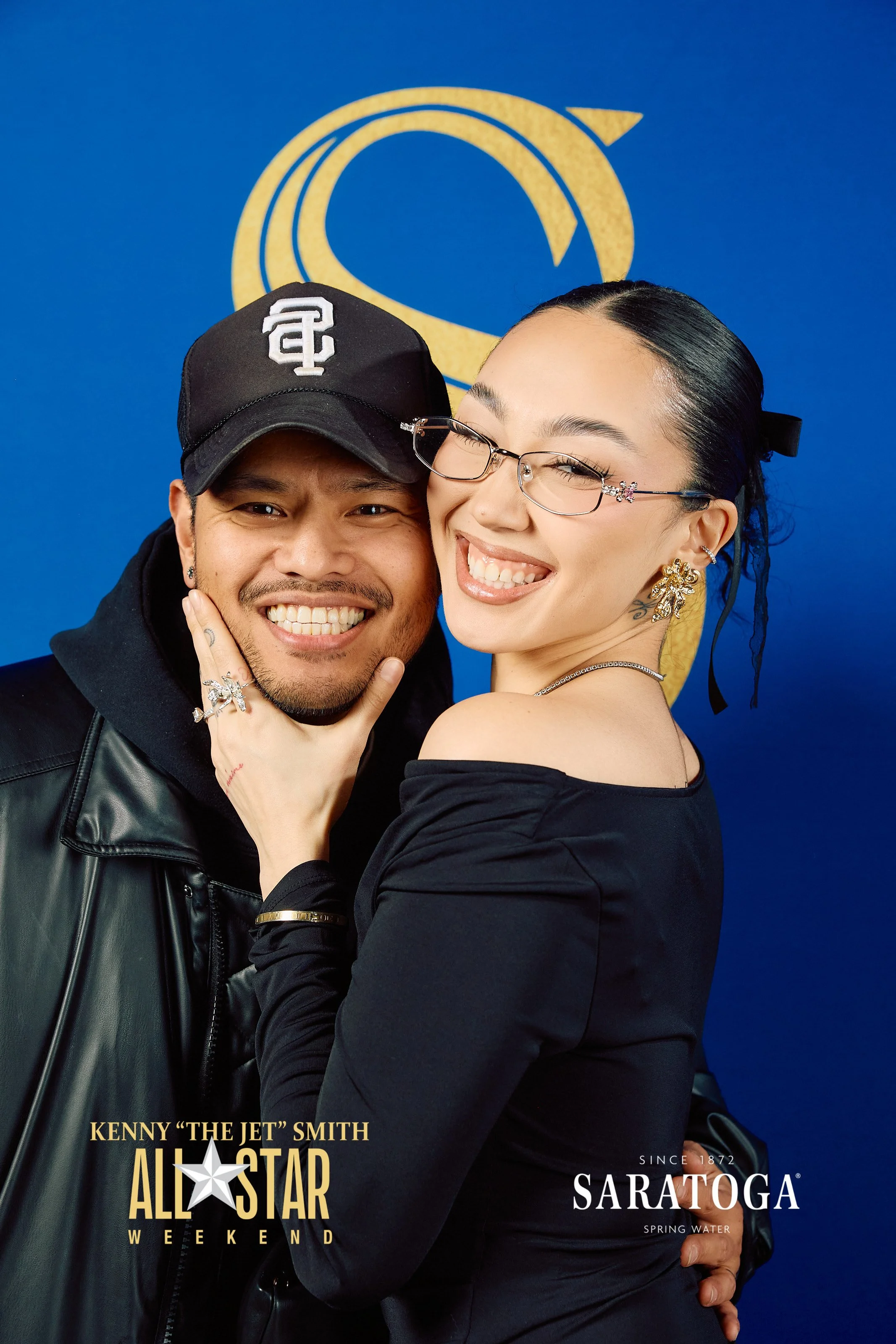Learning Tagalog Made Easy with Joi Barrios-LeBlanc
If you’re like me, you’ve always wanted to learn how to speak the native tongue of the Philippines, Tagalog, but you didn’t know where to start. Or even worse, you know the basics but can’t put together a fluid sentence to save your life (that’s me!). If you fall into category two, I truly feel for you, it’s such a terrible feeling to have tid bits of a language but have difficulty communicating in return, coming so close yet so far. So many missed opportunities to connect with family or friends through Tagalog, having that language barrier preventing you from spending quality time with your grandparents, cousins, or even the only other Filipino family in your city, can be so frustrating. Lucky for us, University of California, Berkeley professor Joi Barrios-LeBlanc has written a book for beginners to easily learn and understand Tagalog, the exact language that is spoken in Manila today. So without further ado, let’s dive into what we love about Joi Barrios' hit book, Tagalog for Beginners.
Quick summary to give you an idea of what’s covered, Barrios’ book is broken into 4 different sections and about 8-9 lessons per section, finishing with a total of 32 lessons. The 4 sections go over: 1. Myself, My Family, and Things Around Me, 2. My Community, 3. My Activities, and 4. Going Around. If these are topics you can fluently converse in, then Barrios’ book could still be a great refresher course to help you develop a better foundation for your tagalog. However, if you’re brand new to the language, Tagalog might be an intimidating and large array of topics to cover but don’t worry, Barrios has a variety of exercises and techniques to make learning Tagalog easy and retainable.
I want to highlight what makes this book special and how it can help you learn Tagalog in just a few weeks. Firstly, if you are anything like myself, learning from home can be difficult and confusing. I am a “classroom learner” and need to see or hear the content we are covering to fully understand exactly what I am supposed to demonstrate or reenact (if there were an exam). Each lesson in Barrios’ book comes with complimentary online audio recordings to stream to ensure that you are pronouncing every word correctly, almost like having a private tutor by your side throughout the entire course. Secondly, like many language learning programs, it gives you vocabulary and grammar each lesson but I enjoy the abstract techniques it provides and more importantly, it is handwritten. This creates more usage of neural pathways which has been proven to lead to better retention simply due to the fact that you are writing it out letter by letter instead of listening to an audio book or using a computer program that asks you to click the correct answer. Causing you to reaccess those pathways over and over, improving memory on the subject. Lastly, to reiterate how important it is to reaccess those connections, each chapter allows you to dip your toe with some short answer responses and then increasing difficulty by pushing you to formulate entire sentences in response to an email prompt or role playing activity for example. I’ve taken tagalog classes before and have tried my share of programs, the way Barrios encourages you to test your vocabulary in a varying degree of scenarios is probably the most subtle yet most effective way to learn tagalog because let’s face it, when speaking to someone we won’t simply have an automated response each time, this form of teaching will make us adapt and be better prepared to converse in the real world, comfortably.
I know what I discussed might resemble other courses you might have tried in the past (if you have attempted to learn the language) but don’t take my word for it and see why 775 others on amazon have given it a 4.5 star rating. Joi Barrios has been connecting people to the Filipino language and has been doing so, successfully. You’re only a page turn away from joining Barrios’ previous students to become fluent in Tagalog.

























It all started with a table outside of a Seafood City in 2015.
LEAD Filipino volunteers were on hand with clipboards and flyers for a Filipino voter registration drive. It was an early campaign for the grassroots organization, which grew out of a desire to build Filipino civic voice and representation.
Read More